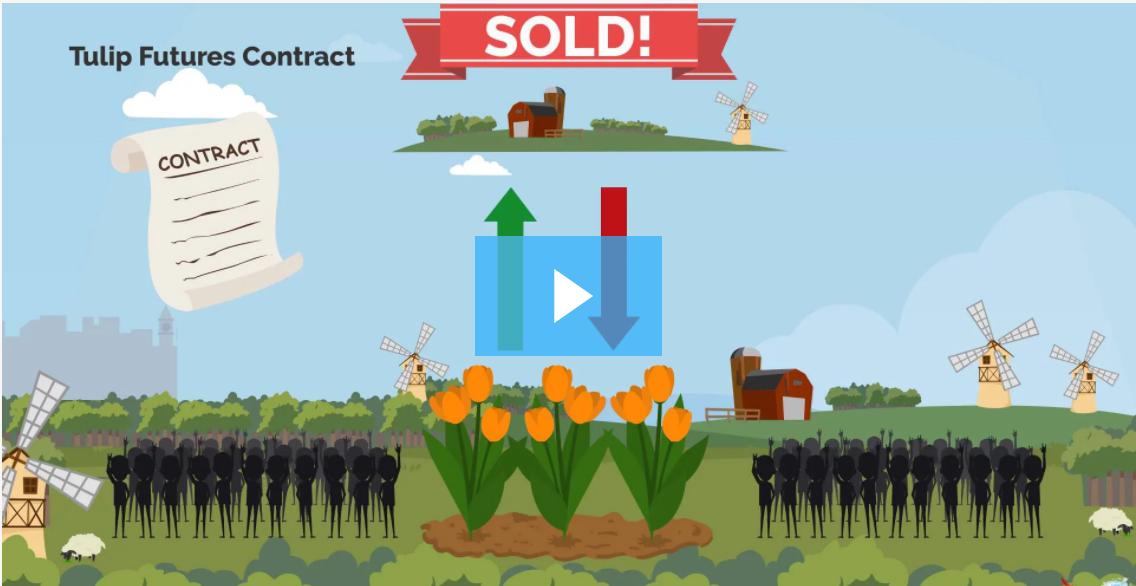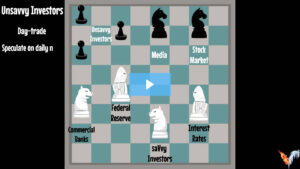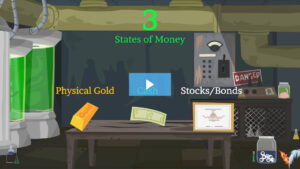
A tulip bulb with a unique mosaic-like color on each petal found its way to the Netherlands in the 1600s. The reason for the discoloration was due to a rare virus. This exotic tulip bulb would eventually become one of the most sought-after investments at that time. By 1634, anyone with money but without tulips was judged to have bad taste. By 1636, the tulip bulb was the fourth leading export of Holland, behind gin, herring, and cheese. By 1637, a single bulb was equivalent of 10 years’ salary of a skilled craftsman. Estates as large as 12 acres were traded for one tulip bulb. The trading of tulip bulbs centered around the harvesting time of the flower; however investors were able to speculate on the price of bulbs when not in season via futures contracts. Futures contracts require delivery of the physical good to be made in the future. Tulips bloom in the spring for a few weeks and are able to be safely uprooted between June and September. It was at this time physical delivery of the tulip bulbs took place.
The self-regulating guild of Dutch-florists who controlled the tulip bulb exchanges changed the rules on November 30, 1636 so that futures contracts were now considered option contracts. The purchase of a futures contract meant the buyer has the obligation to take delivery of the physical good stated on the contract. However, an option contract states the buyer can choose whether or not to take delivery of the physical good. If the price did not go in the buyer’s direction, the buyer would only lose the cost of the option contract. The option buyer could now simply speculate on the price. Speculation increased due to the introduction of an option contract as bulb contracts changed hands 10 times in a single day.
The tulip bulb price began its ascent on November 12, 1636 peaking to $200 on February 3, 1637. However, buyers dried up at an auction one day in Haarlem, Holland and a mass of individuals began selling aggressively, causing the price of tulip bulbs to start to descend faster than it had ascended. Greed turned into fear, then into panic as word got around the tulip market was crashing. The price crashed to zero in three months by May 1, 1637. The tulip bulb price rose 26 times by January 1637 only to lose 95 percent of its value in just one week. Some speculators had experienced complete financial ruin as a result. Citizens demanded the Provincial Council of The Hague act on behalf of those who lost money in the crash. However, the judges in Holland said citizens had no legal recourse pertaining to the tulip frenzy as the courts saw the losses were gambling debts and therefore unrecognized by the legal system. Those who made money came out fine but those who lost money were financially decimated. The tulip mania in Holland caused mini tulip manias in London and France. The spark of something new and exciting caused a massive volatility spike to the upside, analogous to the “ice” side of the V. However, greed turned into fear as the “fire” side of the V inevitably followed causing a crash in what seemed to be a sound investment at the time. The tulip mania would mark the beginning of a continuous cycle of greed and fear that would persist almost 400 years later.







